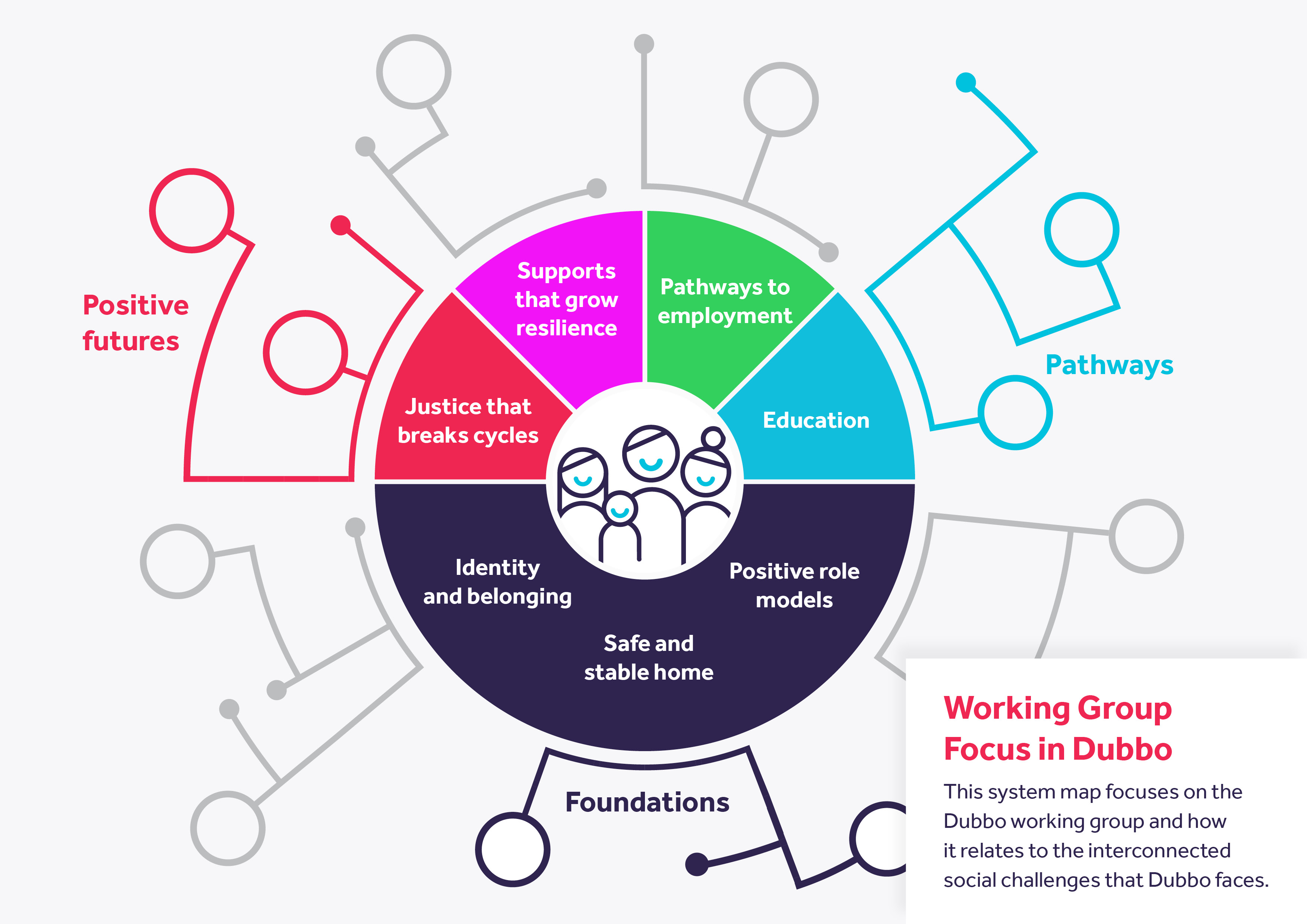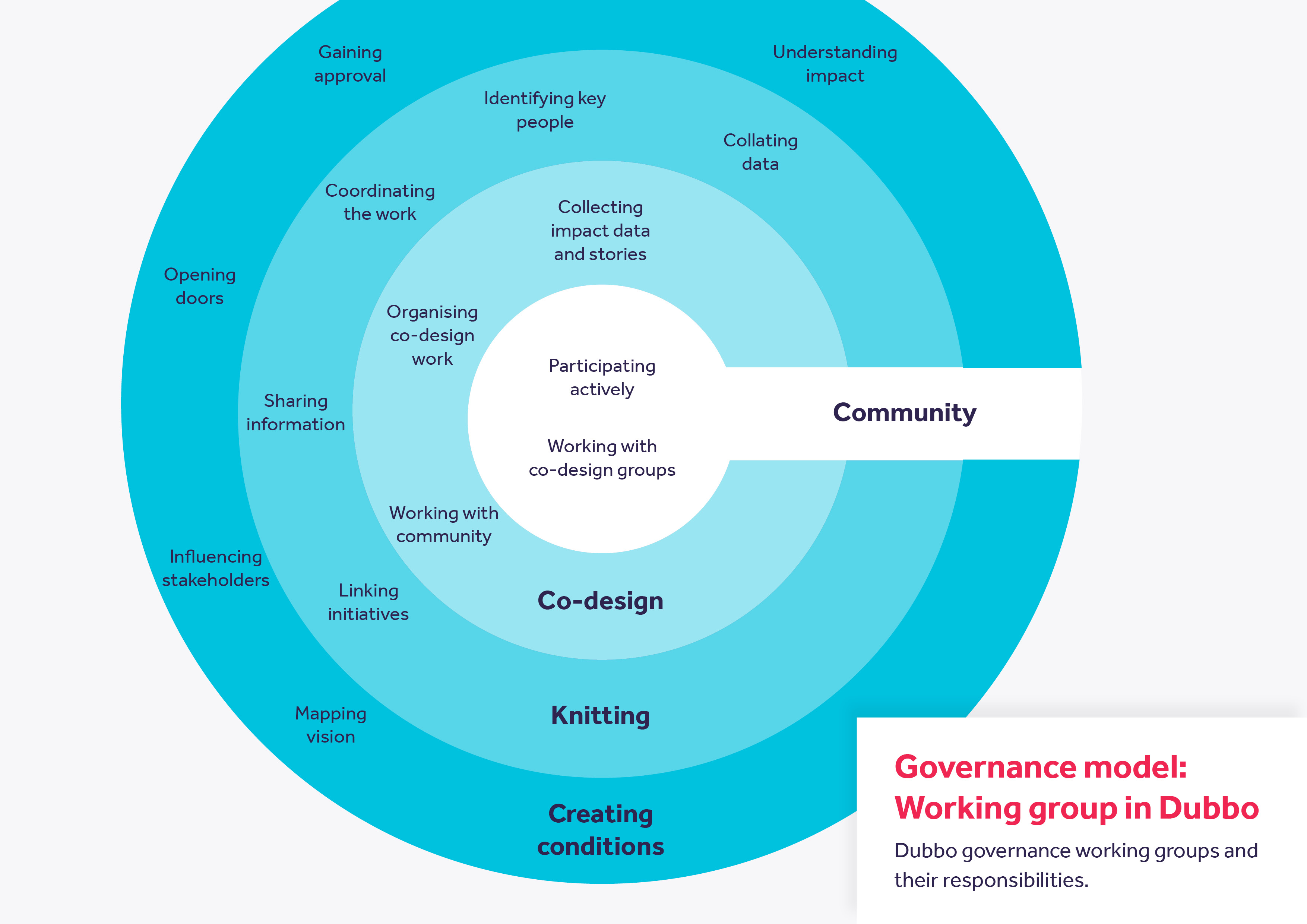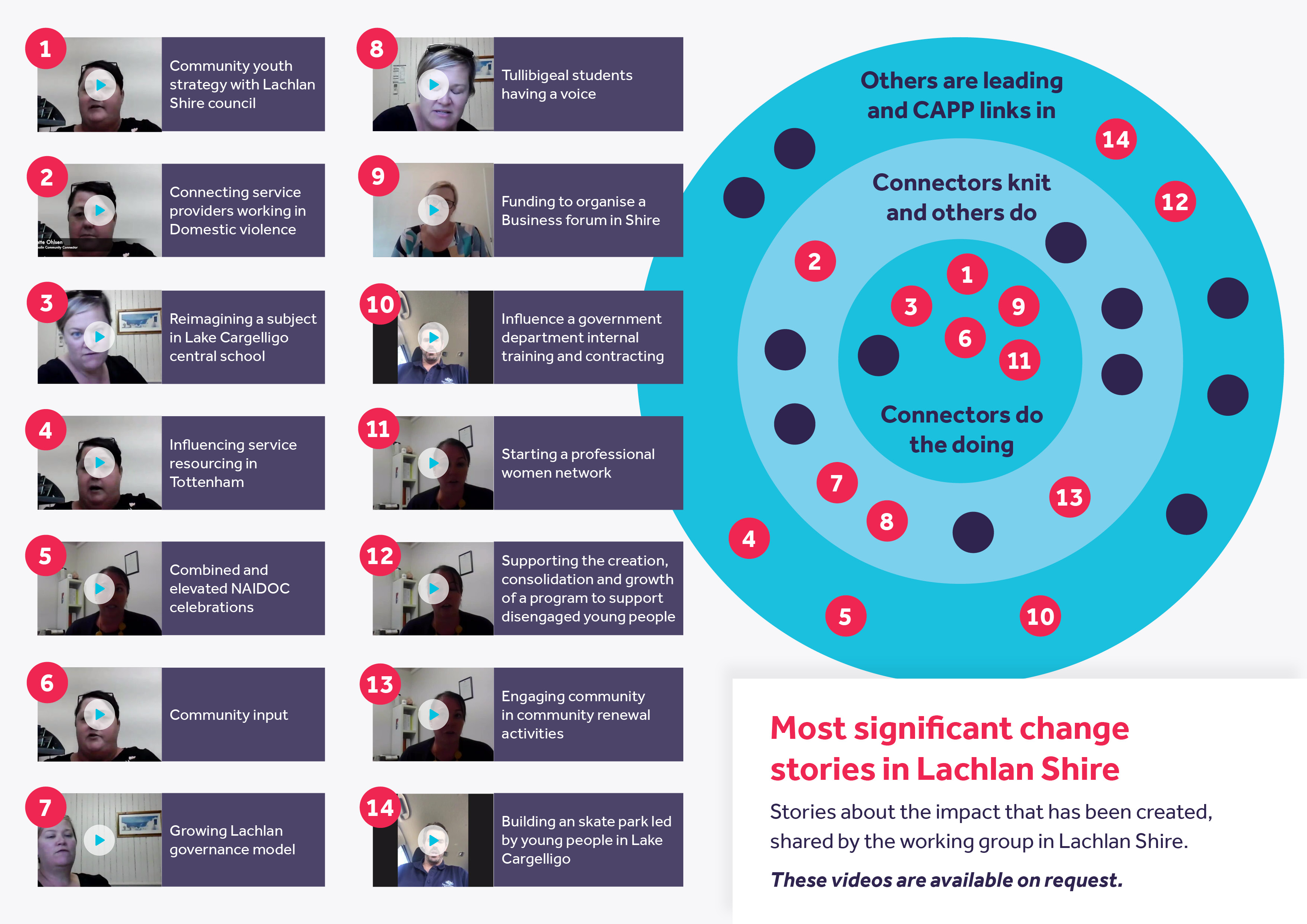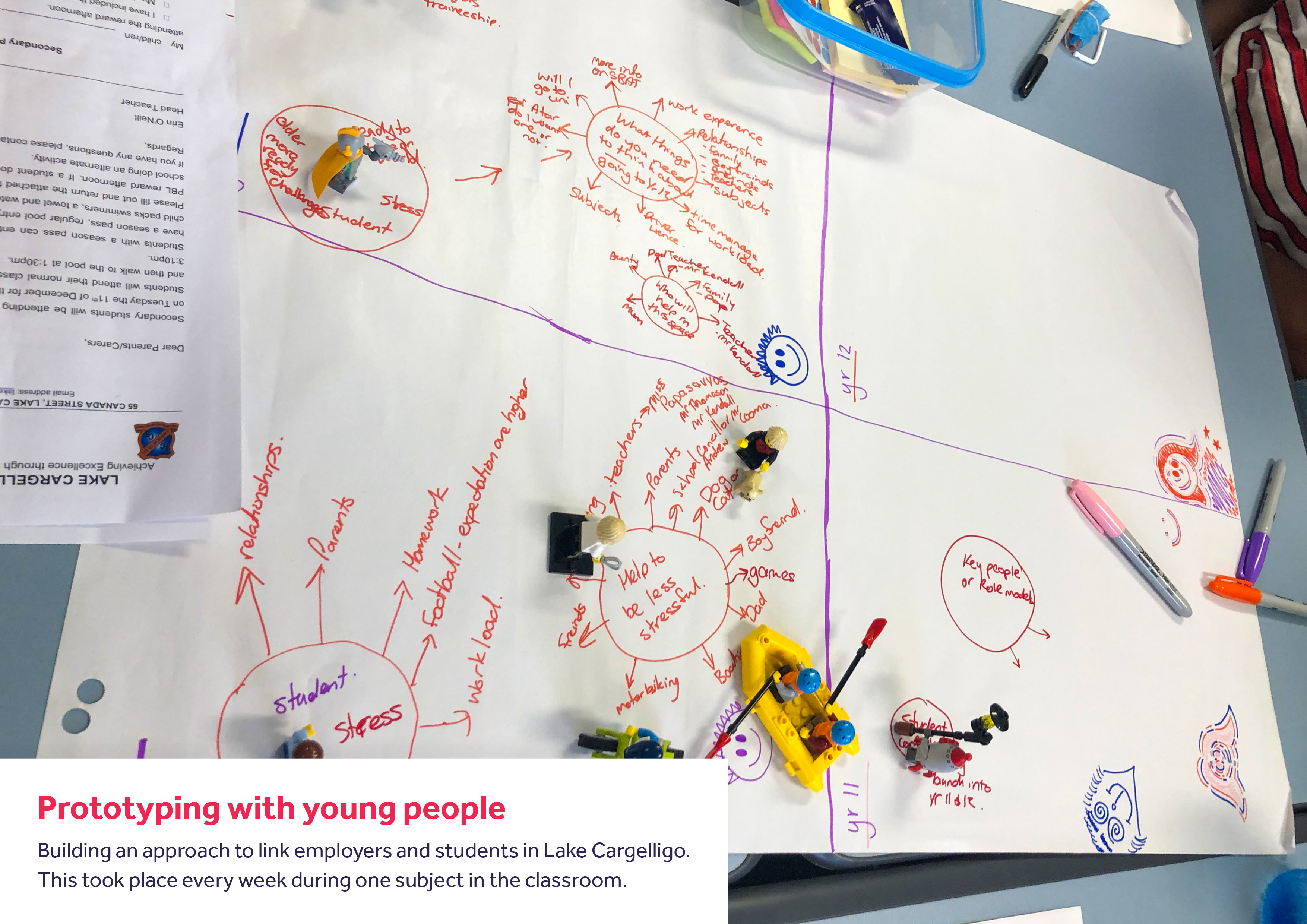Regional Innovators Network

-
2019
-
Social Impact
Designed By:
The Regional Innovator’s Network is a support model that enables Australian communities to practice social design. Community participants apply design skills, mindsets and structures to tackle entrenched local social and economic disadvantage. As a virtual team, designers coach people across a region implementing co-design on systemic challenges for local impact.







